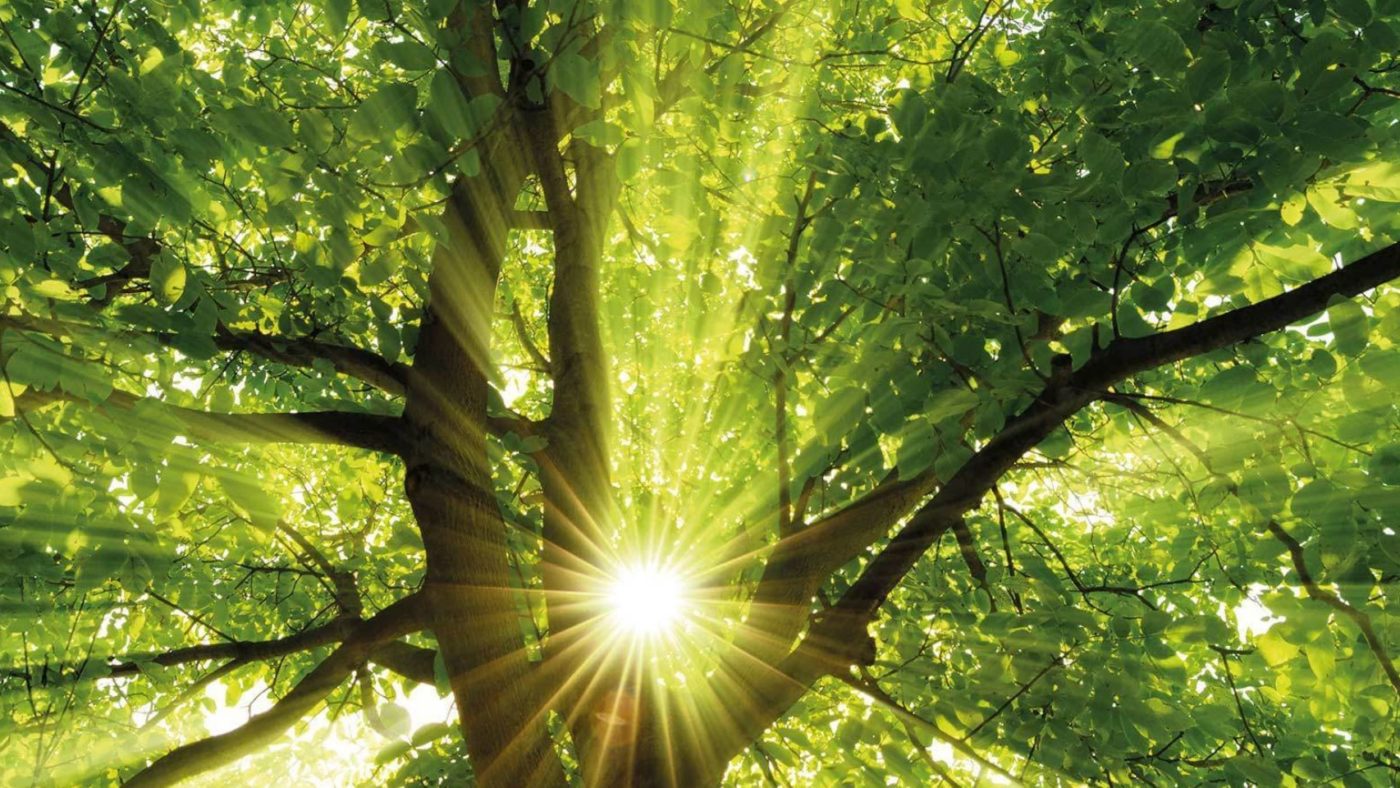Saving energy for environmental protection and sustainability
Energy-saving illuminants subject to the new EU-framework directive are intended to ensure lower energy consumption thus protecting the environment.
Invest in a “green” future: LED is the key-technology with an enormous savings potential. Benefits, besides the light quality, are their high energy efficiency, long operating time and environmental friendliness.
Lower energy costs
By using LED-lighting energy costs may be reduced by as much as 80%. Lower power consumption results in lower CO2-emissions. According to studies and expert assessment by the Zentralverbandes der Elektrotechnik und Elektroindustrie (ZVEI) [German Electrical and Electronic Manufacturers Association] amongst others, changing over to LED-lighting offers the greatest CO2 savings potential to achieve climate targets. LEDs may be retrofitted within days and with immediately measurable savings. ZVEI estimates the annual savings potential of LEDs used for office lighting at about 3.2 billion kilowatt hours. Industrially as much as 8.3 billion may be achieved.
Conserving resources by using LED
The long operating time of LEDs additionally conserve resources. Less raw material is used as LEDs last longer therefore, reducing illuminant disposal. Maintenance costs are reduced, resulting in lower operating cost for companies and municipalities.
The long operating time of LEDs additionally conserve resources. Less raw material is used as LEDs last longer therefore, reducing illuminant disposal. Maintenance costs are reduced, resulting in lower operating cost for companies and municipalities.
Recycling of LED
LEDs, unlike energy-saving and fluorescent lamps, are pollutant-free and do not qualify as hazardous waste. The built-in electrical components are subject to the Elektro- und Elektronikgesetz (ElektroG) [ German Electrical and Electronic Equipment Act]. LEDs are to be disposed of separately and may be recycled environmentally sound. More than 90% of the raw material may be re-used in the production process.
LEDs protect insects
LED-light is considered insect-friendly due to the absence of UV-radiation. The use of warm white LEDs, with a higher orange-red content in particular, reduces the approach of insects, as a study by Prof. Dr. Gerhard Eisenbeis (Eisenbeis G., Eick K. (2011): Study on the attraction of nocturnal insects to street lighting using LEDs. Nature and Landscape ) proves.
LEDs offer the right light for any work area. Using modern lighting-control technology, it is possible to adjust light colour and brightness. Brightness is reduced dependent on the daylight incidence; presence sensors switch lights off when a person leaves the work area. Dynamic adjustment of light colour (Human Centric Lighting) allows for lighting to be adjusted to the biorhythm of people and may result in beneficial effects in many areas where they are used.
Aspects of sustainable lighting
people
safety
quality of life
high light quality
high ease of use
increased well-being
needs-based lighting
sustainability
climate protection
resource protection
energy efficiency
prevention of lighting emissions
emission control
recycling
economy
cost-effectiveness
maintaining value
minimal energy costs
long operating time
minimal maintenance effort
increased productivity through better lighting

